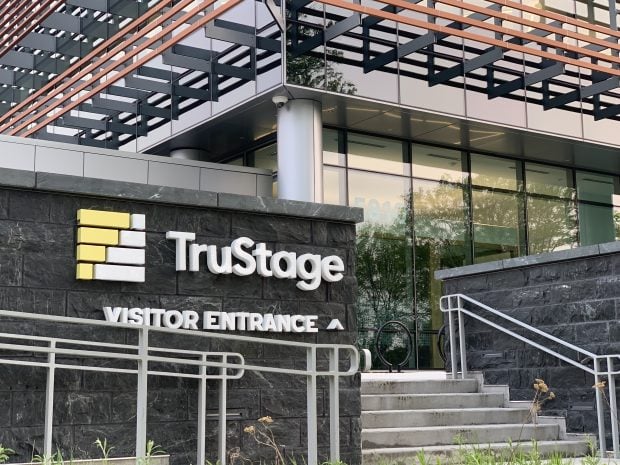Who's the market leader in credit union core systems?
The war has heated up, with Monett, Mo.-based Symitar and Brookfield, Wis.-based Fiserv both claiming they are the frontrunners.
Last week, in a press release, Symitar declared that it had market share superiority.
Fiserv disagreed, calling the claim inaccurate in an email to clients obtained by CU Times.
The numbers tell the story.
Fiserv said it has 2,234 credit union core customers. Of those, more than 1,000 have more than $50 million in assets.
Symitar said it has 824 core credit unions total.
Advantage Fiserv.
However, Symitar president Ted Bilke refused to surrender the leadership mantle.
“Symitar has always been a prevalent name in the credit union space, but in recent years has particularly seen the reward of delivering core platforms that truly are 'open.' In the last three fiscal years, we have had a phenomenal 28, 35 and most recently, 44 competitive core takeaways. In the fiscal year just ended, five of those were billion dollar credit unions; we've had two more credit unions with assets over $1 billion already sign in this fiscal year,” Bilke said.
In a statement, Fiserv said its client loss rate over the last year was less than 2% of its entire base. The company also offered that the vast majority of those competitive losses were smaller credit unions, with fewer than $250 million in assets, who converted to CUSOs for core processing, not Symitar.
Mark Sievewright, president of Credit Union Solutions at Fiserv, addressed Bilke's claim that in head-to-head competitions against Fiserv's DNA core, Symitar wins more than 55% of the time.
Sievewright strongly disagreed, saying in competition between DNA and Symitar, Fiserv wins the majority of the time, and has the data to back it up. However, he declined to make the numbers public, saying he didn't want to engage in a client counting game.
Fiserv added in a statement, “The success we're having with DNA in the market speaks for itself. We're not sure how (Symitar's) claims were calculated, but based on our analysis … DNA is the client's choice more often than not.”
Sievewright also said Fiserv is on track to exceed 2013's client retention numbers, and added that over the last 18 months, the firm has seen unprecedented numbers of clients extending their contract beyond the standard five-year term. Fifteen to 20% of resigns have extended to seven years, he said, and one credit union signed a 10-year deal.
He also said DNA has gained more new clients than Open Solutions did in the four years prior to Fiserv's acquisition.
“For some competitors, their point of distinction is to spread a message of fear, uncertainty and dread,” Sievewright said, adding that Fiserv instead lets its products speak for themselves.
Bilke also talked up Symitar's success, saying more than 200 clients have been with the core for at least 15 years, with many of them averaging 15 to 25% growth per year since conversion, with some growing even more.
“The combination of technology and consistent, reliable client service have fueled that retention as well as new growth,” he said.
Read more: Fiserv answers 'closed core' criticism …
Fiserv disputed claims – aired by Bilke, among others – that credit unions were rejecting Fiserv cores because they are closed; that is, not readily open to integration of third party services.
The company said not only does it allow clients to connect to third-party providers, several hundred of its 2,234 clients have established integration points to third-party financial services providers like Digital Insight, PSCU, Q2 and others.
“We agree with industry analysts like Aite Group who feel strongly that digital channels are becoming an extension of core, and our ability to offer an integrated ecosystem is a benefit of our scale and key reason why many clients choose Fiserv. Many credit unions prefer to work with a single provider for core, channel and payment solutions. It is our practice to support the choices that our clients make about the approach that is best for them,” Fiserv said in its statement.
One last point of contention: Who has more credit unions with $1 billion and greater in assets?
By Fiserv's count it had 85.
Symitar, which counted both live installations as well as those contracted and scheduled to go live, claimed 91.
“We can't speculate on another vendor's pipeline. Rather than counting and segmenting clients into categories, we remain focused on driving best-in-class results for our credit union clients of all sizes,” Fiserv said.
© 2025 ALM Global, LLC, All Rights Reserved. Request academic re-use from www.copyright.com. All other uses, submit a request to [email protected]. For more information visit Asset & Logo Licensing.







